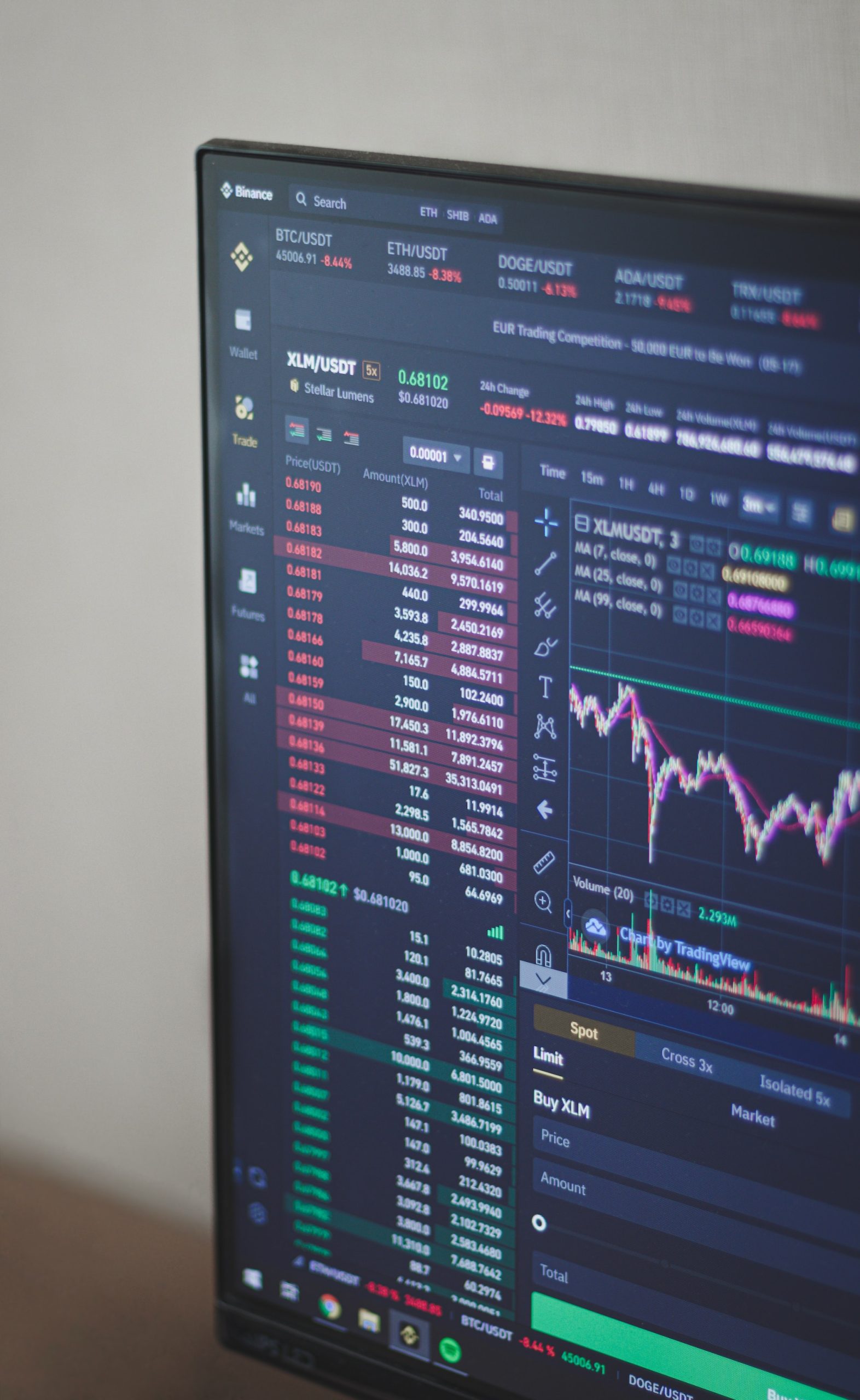The global economy has been through a lot in the past few years, with the banking sector being one of the hardest hit. However, recent bank rescues have led to huge investments in the world’s largest ETF. This is great news for investors who are looking to diversify their portfolios and access some of the most promising investment opportunities around. In this blog post, we’ll explore how these bank rescues have impacted investments in ETFs and what it means for your financial future. So sit back, relax and read on to find out more!
The world’s largest ETF is the SPDR S&P 500 ETF
The SPDR S&P 500 ETF is the world’s largest exchange-traded fund (ETF), with over $200 billion in assets. The fund tracks the performance of the S&P 500 Index, a widely followed benchmark for U.S. stocks.
The SPDR S&P 500 ETF was launched in January 1993 and has become one of the most popular investment vehicles for both individual and institutional investors. The fund is highly liquid and trades on major U.S. stock exchanges.
The SPDR S&P 500 ETF is one of the most efficient ways to gain exposure to the U.S. stock market, as it offers broad diversification at a low cost. The ETF is also one of the most tax-efficient investment vehicles available, as it generally only incurs capital gains taxes when shares are sold.
Bank rescues trigger huge investments in the world’s largest ETF
The world’s largest exchange-traded fund, the SPDR S&P 500 ETF (SPY), has seen a surge in investment since the European Central Bank announced a plan to rescue struggling banks.
The ECB’s plan, which is still being finalized, would see the central bank provide up to 1 trillion euros ($1.36 trillion) in cheap loans to banks in order to encourage them to lend more and help boost the flagging economy.
While the details of the plan are still being worked out, it has already had an impact on the SPY, with investors pumping $5.4 billion into the fund on Monday alone.
The SPY is now up over 6% since the ECB announcement, and while it remains to be seen how long this rally will last, it is clear that investors are betting that the ECB’s plan will be successful in stabilizing the Eurozone’s banking system and preventing a further economic slowdown.
What is an ETF?
An ETF, or exchange-traded fund, is a type of investment fund that trades on a stock exchange and holds a basket of assets, such as stocks, bonds, commodities, or currencies. ETFs are similar to mutual funds in that they offer investors exposure to a wide range of asset classes in one product. However, ETFs trade like stocks on an exchange and can be bought and sold throughout the day at prices that fluctuate with the underlying market.
ETFs have become increasingly popular in recent years due to their low costs, flexibility, and transparency. For example, many ETFs track well-known indexes such as the S&P 500 or the Dow Jones Industrial Average (DJIA). These index-tracking ETFs offer investors an easy way to gain exposure to the overall stock market without having to purchase individual stocks.
In addition to index-tracking ETFs, there are also actively managed ETFs that aim to outperform the market by picking individual stocks or sector. Actively managed ETFs typically have higher expense ratios than index funds since they require more research and management. However, some investors believe that the extra cost is worth it if the fund is able to achieve its investment objectives.
How does an ETF work?
When a bank or other financial institution gets into trouble, the first thing that happens is that the value of its stock plummets. This can trigger a series of events that can lead to the bank being rescued by the government. One of the side effects of this process is that huge amounts of money flow into the world’s largest ETF.
The iShares Core S&P 500 ETF (NYSE: IVV) is an exchange-traded fund that tracks the performance of the S&P 500 Index. The fund is one of the most popular ETFs in the world, with over $200 billion in assets under management.
When a bank or other financial institution gets into trouble and its stock price plummets, this often triggers a series of events that can lead to the institution being rescued by the government. One of the side effects of this process is that huge amounts of money flow into the world’s largest ETF.
The iShares Core S&P 500 ETF (NYSE: IVV) is an exchange-traded fund that tracks the performance of the S&P 500 Index. The fund is one of the most popular ETFs in existence, with over $200 billion in assets under management. When investors are worried about potential problems at a particular financial institution, they will often buy shares of this ETF as a way to protect themselves.
What are the benefits of investing in an ETF?
When it comes to benefits, there are plenty to list when it comes to investing in an ETF. For starters, they’re incredibly cost-effective. Unlike most mutual funds, which come with high expense ratios, ETFs have much lower expense ratios because they’re passively managed. This means that you’ll save on costs, and more of your money will go towards actual investment growth.
Another big benefit of ETFs is that they offer great diversification potential. Because you can invest in a basket of different assets through one ETF, it’s easy to build a well-diversified portfolio without having to invest in multiple individual securities. This diversification can help reduce risk and improve returns over the long run.
Last but not least, ETFs are very user-friendly and easy to trade. They can be bought and sold just like any other stock on the stock market, so you don’t need to set up a complicated trading account or trade through a broker. And because they’re traded on exchanges, you can easily buy and sell ETFs throughout the day.
Are there any risks associated with investing in an ETF?
Yes, there are risks associated with investing in an ETF. One risk is that the value of the ETF may fluctuate based on the underlying assets. This means that if the underlying assets decrease in value, the ETF may also decrease in value. Another risk is that the ETF may not track the performance of the underlying assets exactly. This means that there is a chance that you could lose money even if the underlying assets increase in value.
Conclusion
The world’s largest ETF is a key indicator of global markets and investors have made huge investments in the fund following bank rescues. While some may be concerned that these costly bailouts will hurt their portfolios, this investment trend shows us just how much confidence remains in financial institutions around the world. With strong returns spurred on by government actions, there can be no doubt that continued support from central banks and other entities will help to stabilize world markets and keep investment opportunities flourishing.










